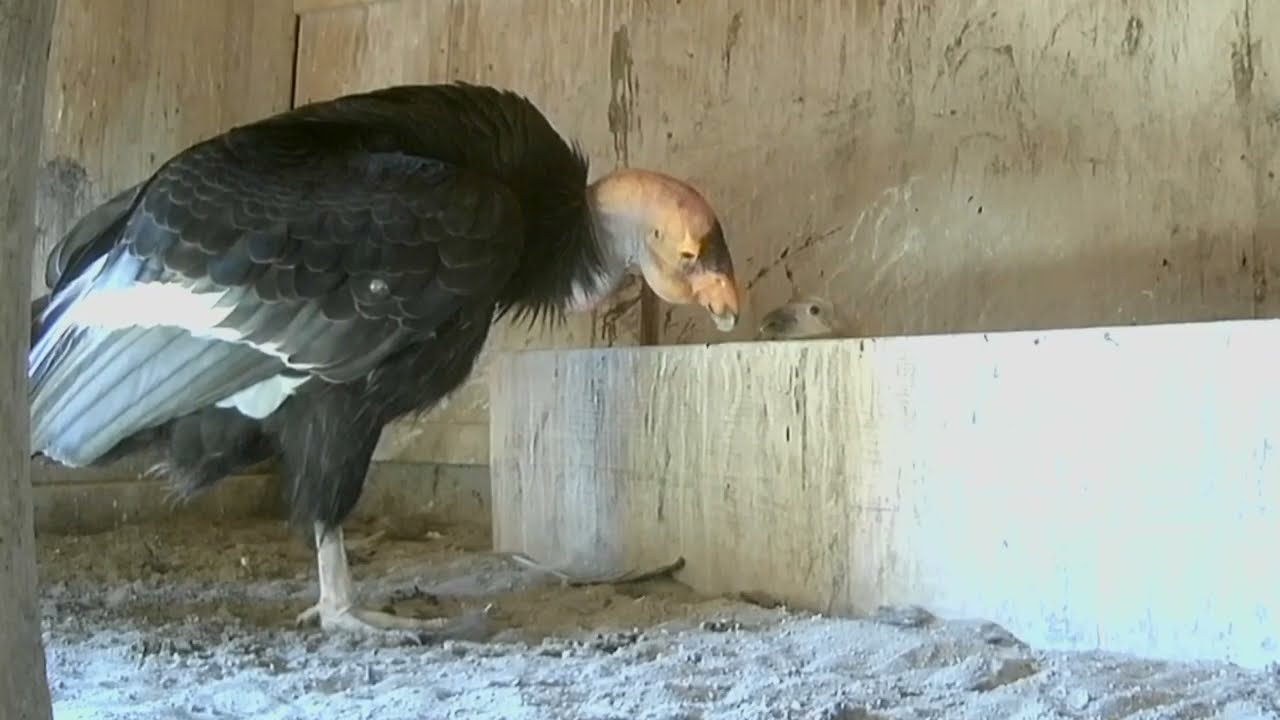– The significance of the 13th endangered condor chick breaking zoo hatch records
– The role of modern zoos in wildlife conservation and species recovery efforts
– Scientific and ethical considerations in managing captive breeding programs for endangered species
– The impact of successful breeding programs on public awareness and conservation funding
– Challenges and strategies in reintegrating zoo-bred animals into their natural habitats
The announcement of the 13th endangered condor chick breaking zoo hatch records marks a pivotal moment in the ongoing journey to save this majestic species from the brink of extinction. This achievement highlights a numerical milestone and underscores the vital role zoos play in the broader context of wildlife conservation. Modern zoos have evolved from mere showcases of exotic animals to active participants in global efforts to preserve biodiversity. These institutions contribute significantly to reversing species decline through scientific research, captive breeding programs, and public education.
Once teetering on the edge of extinction, the California condor serves as a poignant emblem of the conservation challenges and triumphs faced by wildlife professionals. This latest hatching at the zoo symbolizes hope and a step forward in species recovery. It also draws attention to the pressing need for ongoing support for these endeavors, emphasizing the zoo’s strategic blend of captive breeding with habitat preservation and policy advocacy.
Captive breeding programs, such as the one responsible for the successive hatchings of endangered condor chicks, are grounded in rigorous scientific methodology. These programs require a deep understanding of animal husbandry, genetics, and ecology to ensure the health and genetic diversity of the species. Zoo professionals collaborate closely with conservation biologists to develop and refine breeding strategies that maximize the potential for successful reintroduction into the wild. This often involves overcoming many challenges, from ensuring genetic diversity to mimicking natural behaviors in a controlled environment.
Moreover, these breeding programs serve an educational purpose, spotlighting the plight of endangered species to zoo visitors and the wider public. Through engaging storytelling and direct encounters with such rare animals, zoos foster a connection between humans and wildlife, inspiring a sense of responsibility and urgency toward conservation issues. This public engagement can translate into increased support for conservation initiatives, both in terms of funding and policy change, amplifying the impact of the zoo’s efforts.
However, the path from hatchling to healthy adult condor released into the wild is fraught with obstacles. Reintroduction programs face the daunting task of preparing captive-bred animals for life in their natural habitats, a challenge that entails physical readiness and behavioral conditioning. Animals must learn essential survival skills, such as hunting and social interaction within their species, to stand a chance in the wild. This delicate process is further complicated by the need to minimize human imprinting, ensuring that the birds can integrate successfully with wild populations.
In conjunction with reintroduction, the conservation strategy encompasses habitat preservation and the mitigation of threats that led to the species’ decline, such as lead poisoning and habitat destruction. These simultaneous efforts underscore the multi-faceted approach required to save endangered species, an endeavor that extends far beyond the zoo’s boundaries.
The story of the 13th endangered condor chick breaking zoo hatch records transcends a single event, encapsulating the broader narrative of human-induced biodiversity loss and the concerted efforts to counteract it. As zoos continue to refine their roles as conservationists, educators, and advocates, the impact of their work resonates far beyond the physical confines of their institutions. Success stories like this serve as a beacon of hope, demonstrating the potential for human intervention to halt and reverse the course of extinction. Yet, they remind us of the ongoing commitment necessary to sustain these gains, calling for continued support for worldwide conservation efforts.
In navigating the future of endangered species like the condor, integrating scientific research, public engagement, and habitat conservation strategies remains crucial. As we celebrate achievements like the 13th hatchling, we also recognize the persistent challenges that lie ahead. The journey of the endangered condor, from near extinction to a slowly recovering population, offers valuable lessons in perseverance, collaboration, and innovation in the face of environmental crises.
*****
Source Description
Thirteen fluffy California condor chicks are hopping in their nest boxes at the Oregon Zoo’s Jonsson Center for Wildlife Conservation this month — the biggest cohort yet in the zoo’s 21-year effort to save this critically endangered species from extinction.
“It’s been an incredible hatching season,” said Travis Koons, who oversees the zoo’s bird populations and northwest species recovery efforts. “We’ve been working for decades to help raise as many condors as possible, and this has been our most successful year ever.”
The chicks will stay with their parents for at least eight months before moving to pre-release pens for about a year. Eventually, they will travel to a wild release site to join free-flying condors in California and Arizona.

